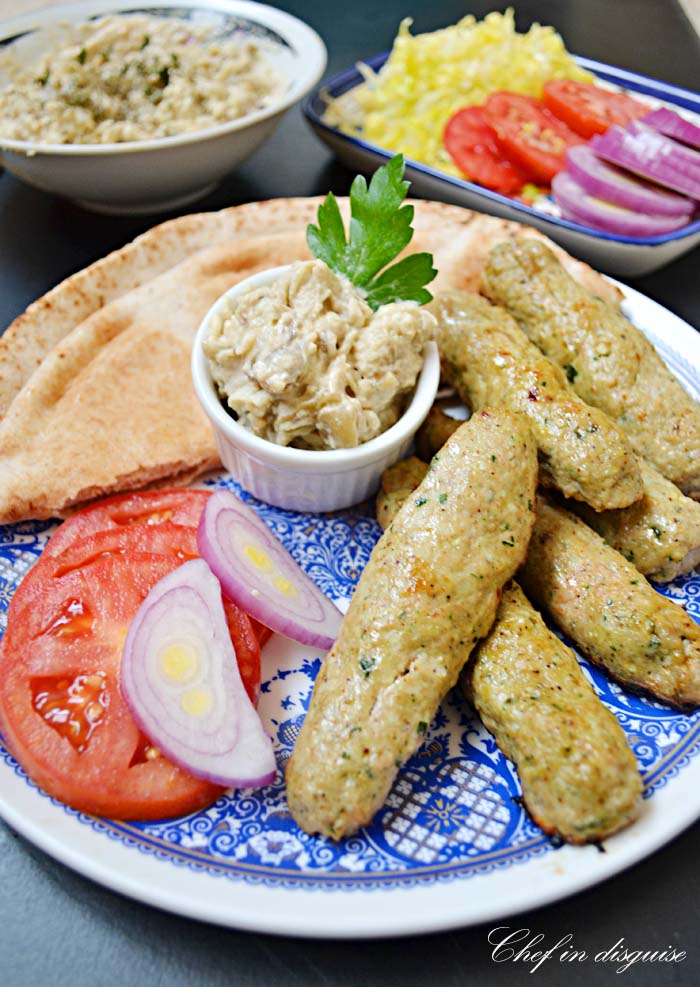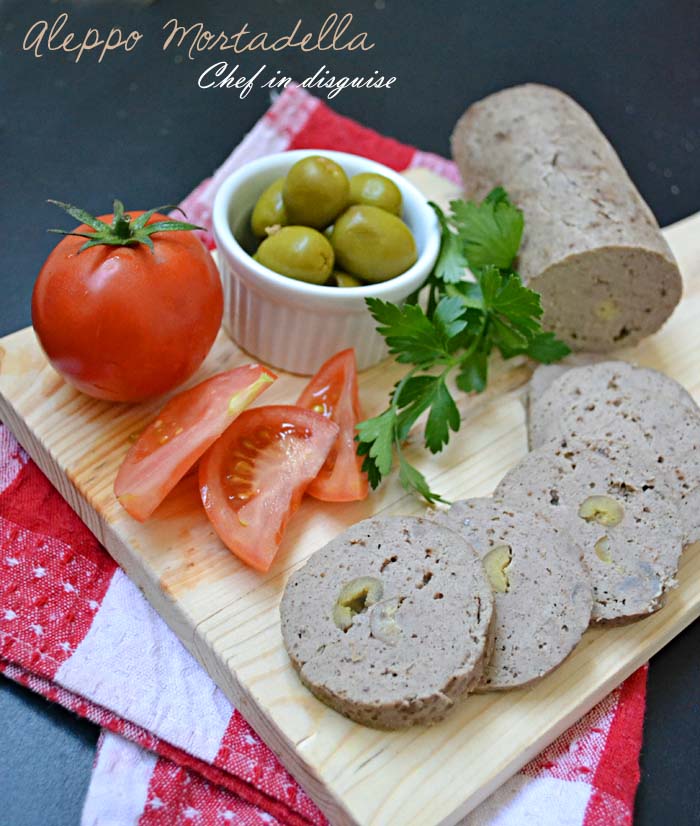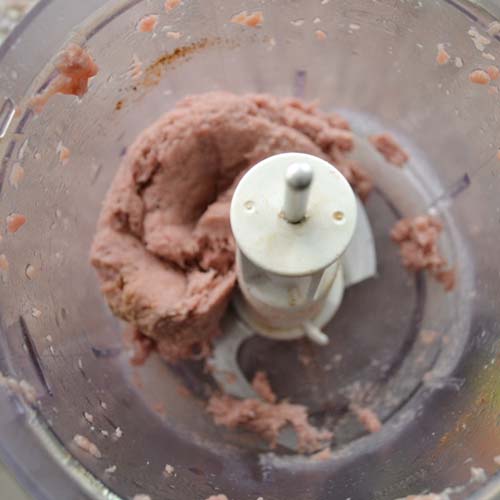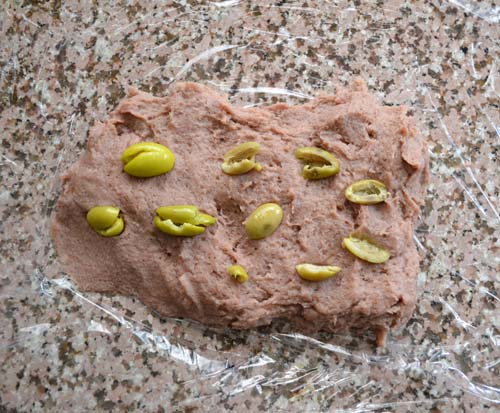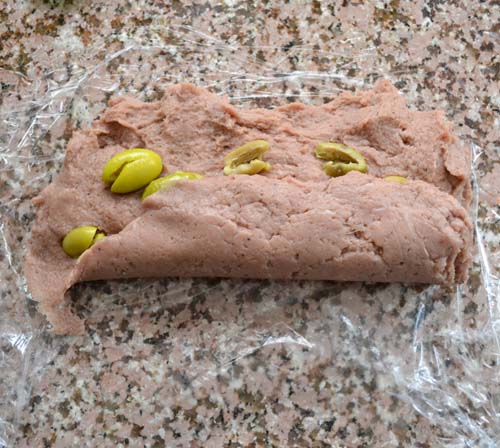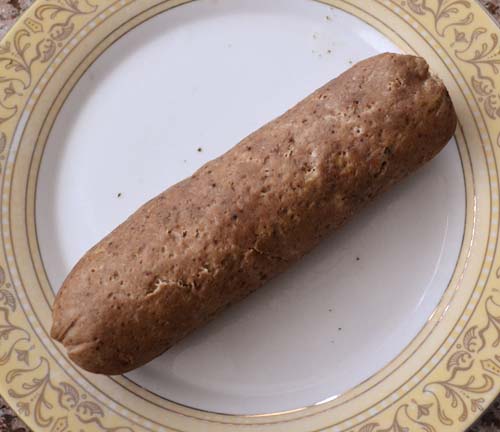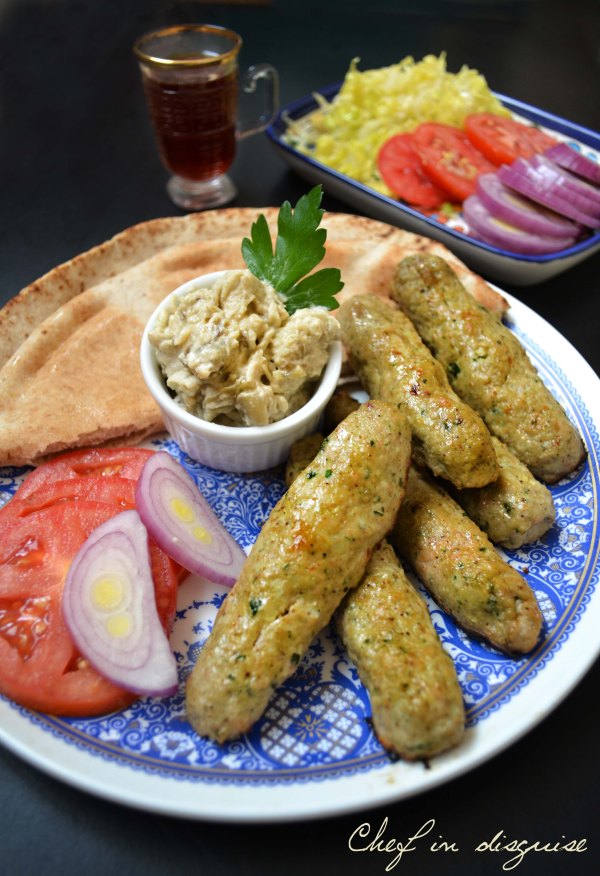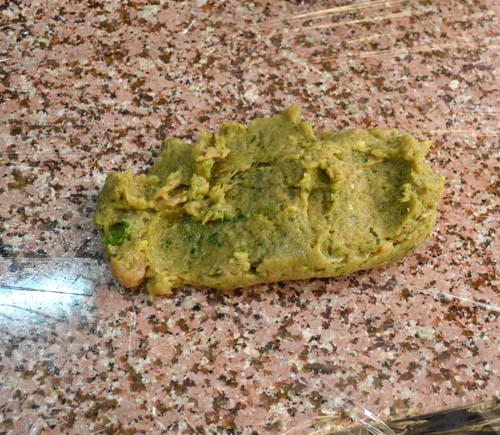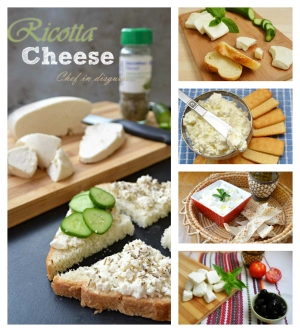
For the January-February 2013 Daring Cooks’ Challenge, Carol, one of our talented non-blogging members and Jenni, one of our talented bloggers who writes The Gingered Whisk, have challenged us to make homemade sausage and/or cured, dried meats in celebration of the release of the book Salumi: The Craft of Italian Dry Curing by Michael Ruhlman and Brian Polcyn! We were given two months for this challenge and the opportunity to make delicious Salumi in our own kitchens!
Sausages evolved as a way to preserve meat in order to make it last longer – smoking, curing in salt, and drying it in. Most food cultures offer some form of sausage making, and the climate in each area had an effect on how a culture prepared its sausage – to eat it fresh, hang to dry or smoke it. Typically when you think of sausage you think of European countries – Kielbasa from Poland, Bangers from England (which get their name from their tight casing which often breaks during cooking, Haggis from Scotland etc., but other countries have forms of sausages, too. Korea has Sundae, Isan sausages from Thailand. There are literally hundreds of different varieties of sausages.
Sausages can be made from just about anything and they do not necessarily have to be stuffed either. Sausages can be combinations of vegetables, rice, meat or eggs . They can be patties, or stuffed into casings, natural or synthetic, or wrapped in leaves, wrappers or dough. Indeed, you can cure whole muscles and slice as you would sausage.
There are three basic types of sausage – dry (which have been hung to dry and cure), semi-dry (which have been cured via smoking) and fresh (which are cooked and then eaten immediately).
Fresh sausage is ground meat or vegetables that have been combined with seasonings and are meant to be cooked. Generally speaking, you need to fry, sauté, grill, poach or bake this sausage until it reaches an internal temperature of about 155°F/68°C for pork and 165°F/73°C for chicken or turkey. Sausages also benefit from a rest period like meat, so remove your sausage when the internal temperature is about 5 degrees lower than you want it to be. There is a tendency to overcook sausage, i.e. over 200°F/93°C until the interior is grainy and dry – but what you are looking for is a moist, tender interior.
When this challenge was announced I was certain I was going to sit this one out. Most of the recipes provided either contained pork or required long curing times and a controlled environment that I could not maintain at home. Add the fact that I have two kids at home and having meat hanging around in a little apartment did not seem like a good idea at all. After some thinking I decided to make two middle eastern recipes that would fall in the category of fresh sausage.
Mortadella Halabiye, or Aleppan Mortadella. Not to be confused with the popular Italian cured meat, Aleppan Mortadella is much smaller in size, made with lamb or beef or a combination of both and is cooked in stock or poached, not cured. Aleppan Mortadella is usually served as a starter as part of a spread of mezze along side hummus and muhammara, it can also be used as a sandwich filling. Either way it is a tantalizing mix of meat and spice that is sure to capture your senses
Aleppo Mortadella
This recipe makes 1 log
- 400g lean beef
- 60 grams ice cubes
- 1/2 cup bread crumbs
- 1 egg
- 1 tablespoon allspice, ground
- 1/4 teaspoon ground coriander
- 1/4 teaspoon ground black pepper
- 1/4 teaspoon ground cardamom
- 1/4 teaspoon ground cloves
- 1/4 teaspoon ground ginger
- 1/2 teaspoon onion powder
- 1/2 teaspoon garlic powder
- 1/2 teaspoon salt
- 6-7 pitted green olives or 1/4 cup unsalted toasted pistachios
Poaching liquid
- enough water to submerge the mortadella
- 1 cup apple cider vinegar
- 2 bay leaves
- 2 cloves garlic
- 5-7 all spice berries
- 1 teaspoon dried oregano (if you have fresh use 2-3 stems)
- 1 teaspoon dried basil (if you have fresh use 3-4 leaves)
- 1 teaspoon dried parsley(if you have fresh use 3-4 stems)
Place the meat and ice into your food processor and use the blade attachment to grind the meat into a creamy consistency. You want the meat to be smooth, almost spreadable. You can do this in a food grinder by grinding the meat 3 times.
Add the egg, bread crumbs, spices and salt and blend until completely incorporated
To form the mortadella:
Place a piece of cling film on the table,flatten the meat mixture into a rectangle.Sprinkle with pistachios or olives.
Fold closed with the help of the cling film, and form into a smooth log. Use ice water to smooth the meat mixture if you feel that it is a bit sticky.
completely enclose the meat with the cling film and twist the edges.
Roll the log back and forth a few times to help it take shape
Refrigerate until ready to cook in the stock (can be done a day in advance).
Prepare the poaching liquid by adding all the ingredients to a pot and bringing the water to a boil
Wrap the mortadella in foil and twist the edges
Add the mortadella (make sure it is completely submerged by the liquid)and cook over medium heat for 45 minutes or until the internal temperature is 73 C.
Take the mortadella out of the water, allow it to drain any leftover water then allow it to cool completely
Wrap with cling film and refrigerate
How to serve mortadella
Mortadella is usually served as part of the mezze along side dishes like hummus and muhammara.
You can serve it by slicing it into rounds as part of a cold meat platter
you can serve it as an appetizer topped with hummus and tomato cubes with a drizzle of lemon juice
You can cook it in a little butter and serve it as mini sandwiches with lettuce ketchup and mustard
You can also use the mortadella as part of pizza topping
You can chop it up and add it to your omlette
Chicken sausage كباب الدجاج
Chicken sausage is one of my go to dishes when I don’t have time. Just pulse everything together, form into sausages or patties, cook and serve. Quick, easy and satisfying. You can play around with the seasoning and adapt it to your liking.
600 g chicken breasts
1 medium onion chopped
1-2 cloves of garlic
1 inch of ginger peeled and grated
1 apple peeled and grated
1/2 cup parsley
1/4 teaspoon cumin
1/2 teaspoon curry
1/2 teaspoon paprika
1/2 teaspoon all spice
Place the chicken in your food and pulse using the blade until it is smooth
Add the remaining ingredients and pulse continuously until the mix is smooth
Shape into logs or sausage shape and smooth by wetting your fingertips in cold water
Heat a little oil in a pan and cook the sausages until they are browned on all the sides or place in a baking tray and place in the oven at 200 C until they are no longer pink in the center or the internal temperature is 73 C
Serve with pita bread and some baba ghanouj (grilled eggplant tahini dip),

hummus or mutawam (roasted zucchini garlic yogurt)



